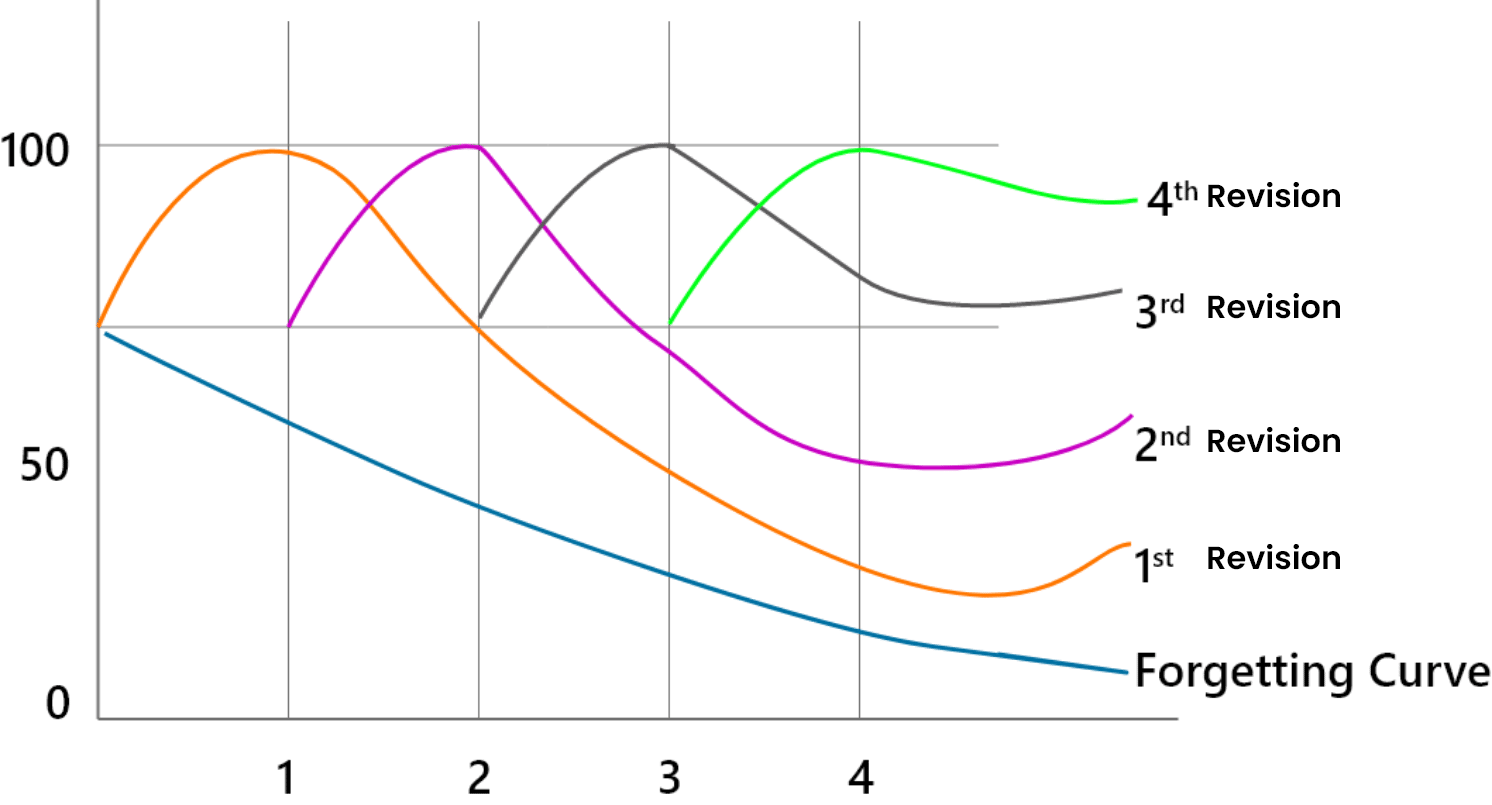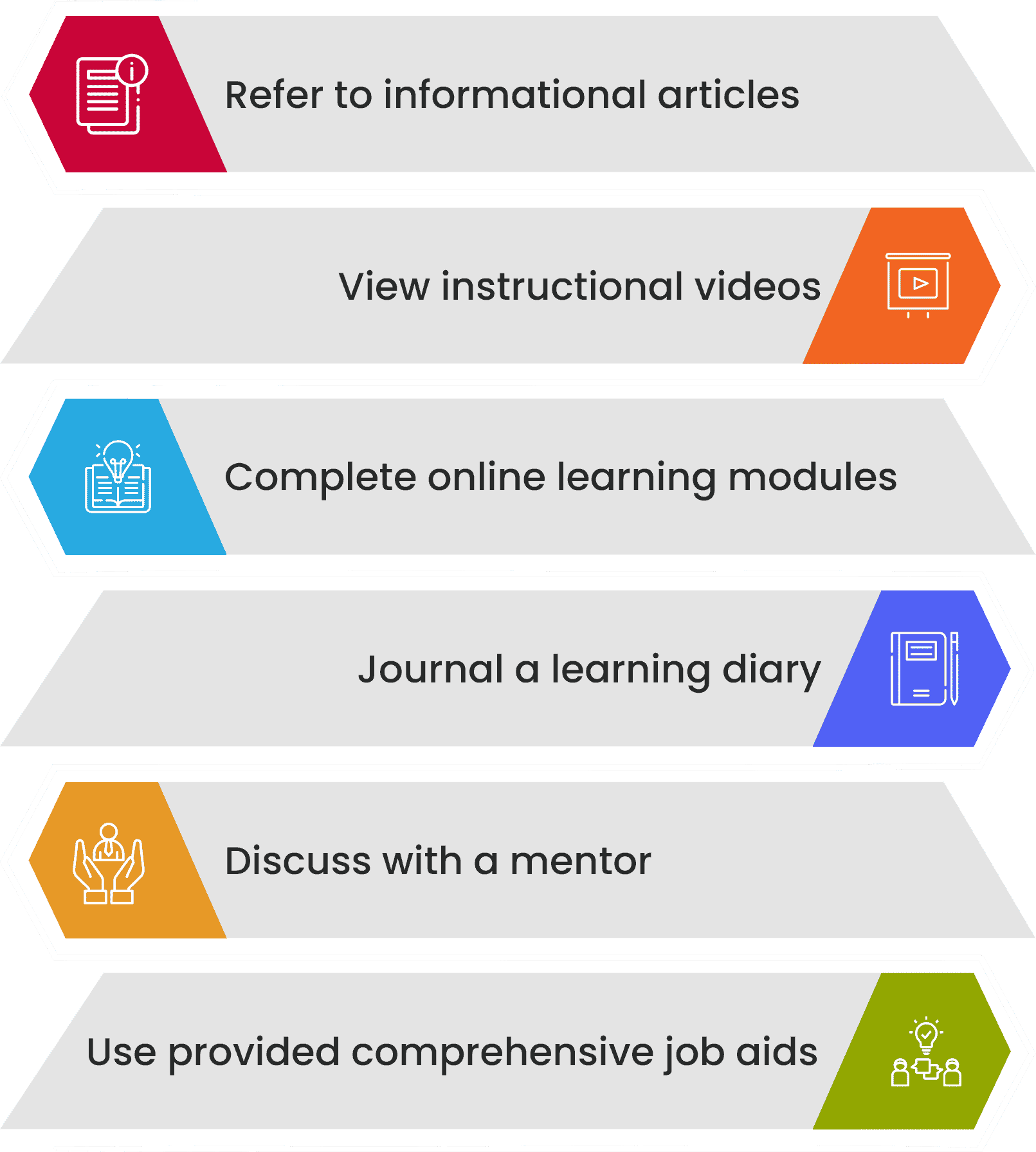Understand the Forgetting Curve and How to Flatten it
According to the Ebbinghaus Forgetting Curve, if learning isn’t adequately reinforced, students forget 90% of what they’ve learned within the first week. According to this curve, unless the learning content is regularly revisited, humans lose their ability to recall previously taught concepts and ideas exponentially over a few days or weeks.
Therefore, organizations should use a thorough strategy when designing a training program that provides chances for learning reinforcement to enable employees to be better in their job roles and improve their work performance. Let’s study the forgetting curve to see how L&D professionals can better plan their strategies and methods for knowledge retention among employees.














